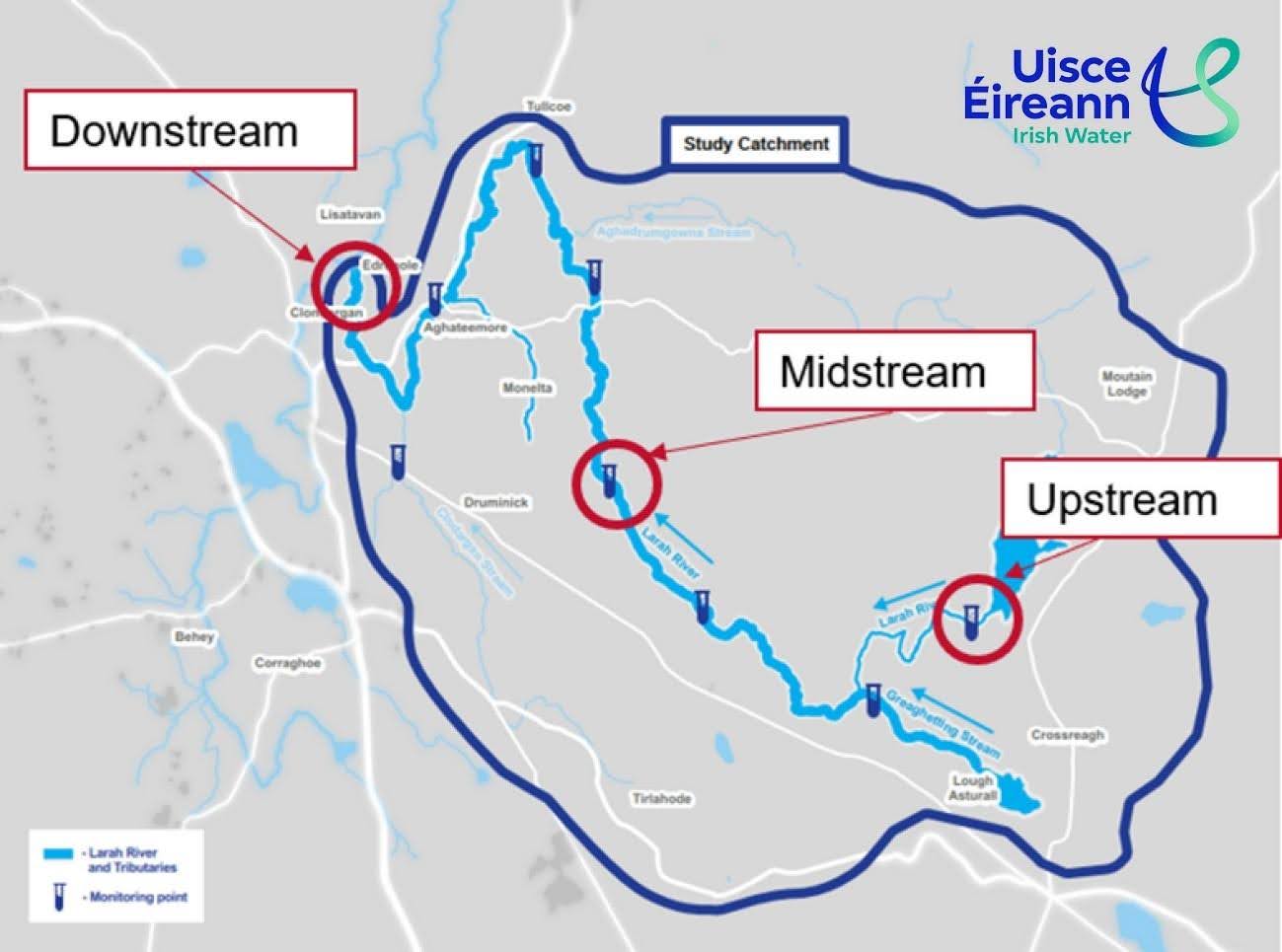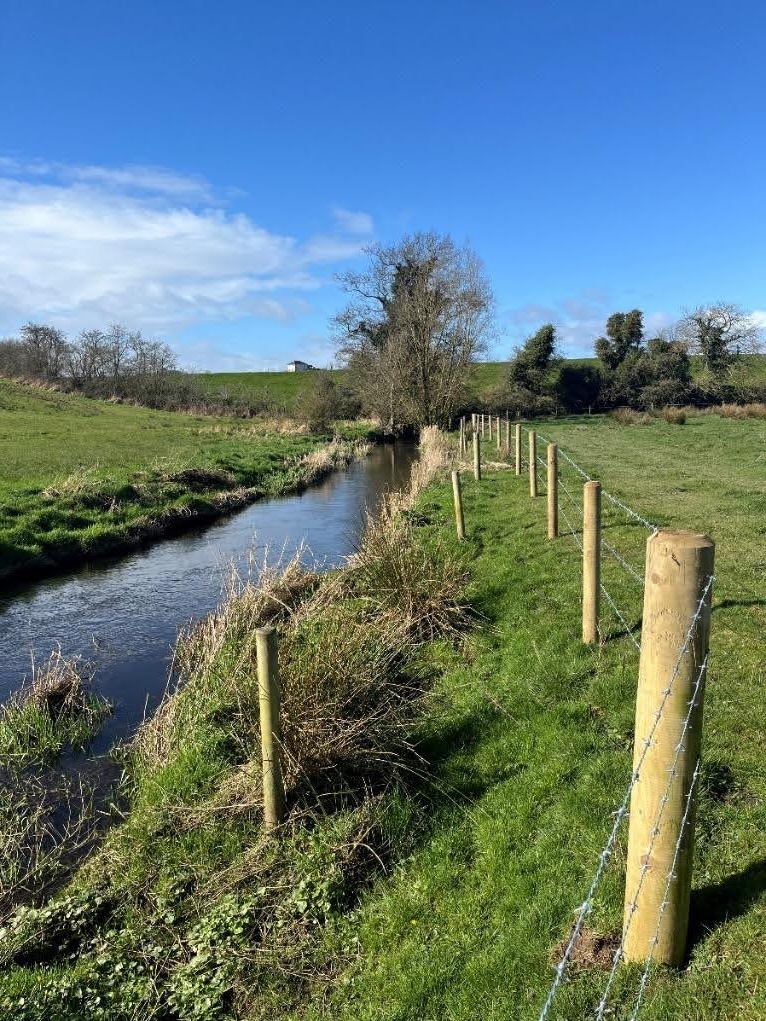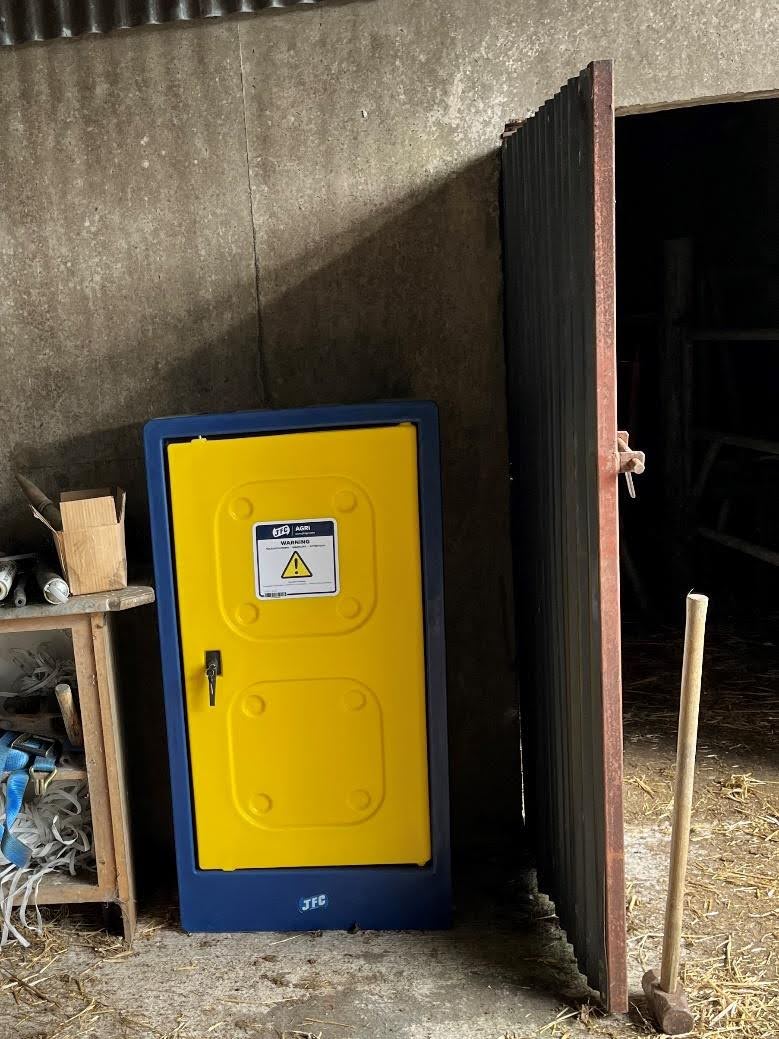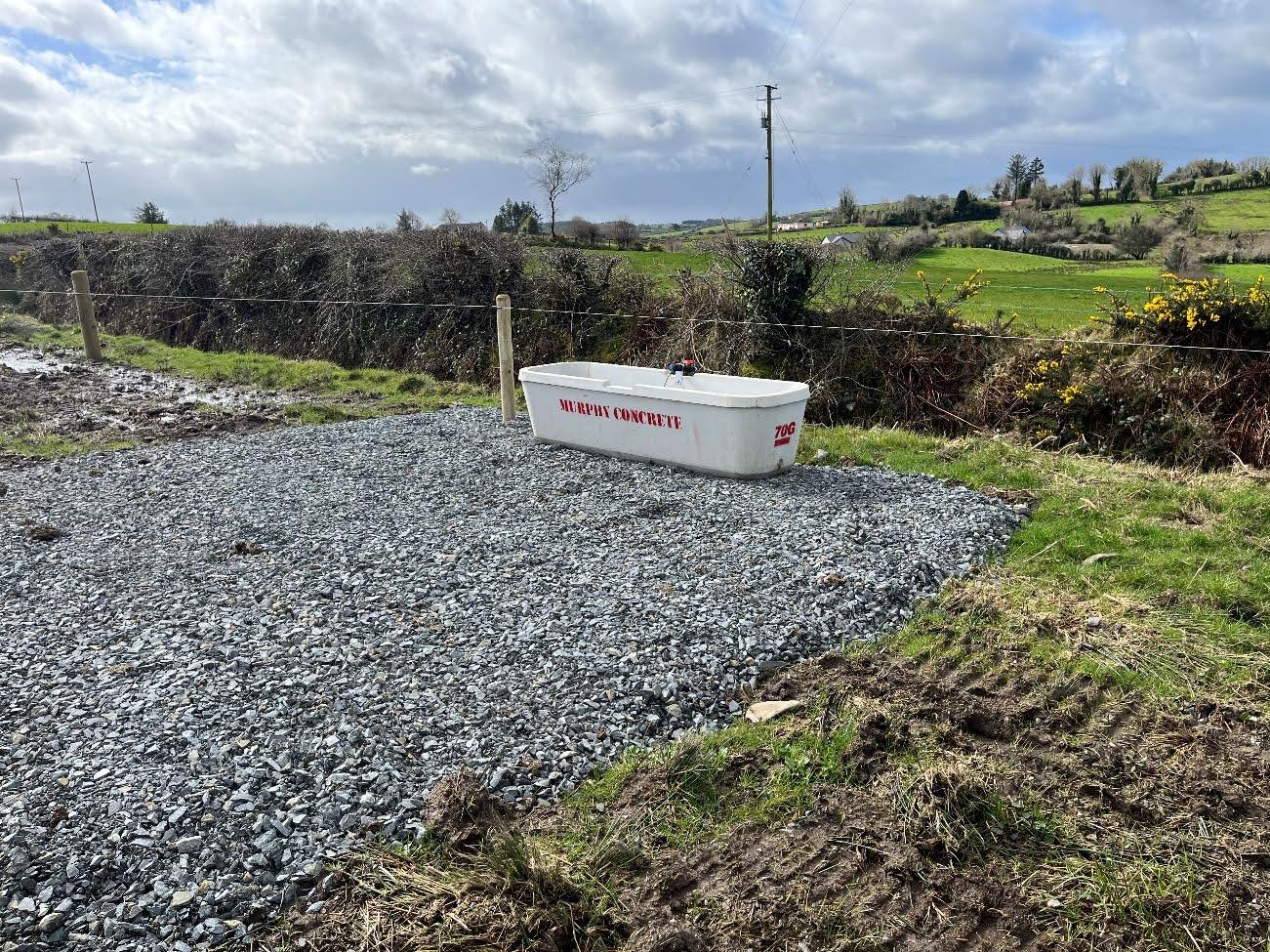Implementation of catchment measures
The other key activity in 2024 has been implementing catchment measures to reduce MCPA loads in the river.
In the Erne-Larah study area 35 bespoke Water and Environment Management Plans were completed in 2023. Water and Environment Management Plans identify the types of measures that could be implemented in a farm to reduce MCPA loads along with delivering wider water quality improvements.
We have prioritised the recommended measures outlined in the WEMPs to be implemented based on field slope, proximity to a watercourse and other risk factors which increase the likelihood of pesticide runoff and watercourse pollution. Measures to address sediment loss and bank erosion have also been progressed.

Our appointed Farm Advisors are continuing to provide farm specific guidance to implement good practice recommendations made in each WEMP. This includes advising farmers on locations to avoid spraying (where possible) to reduce the risk of watercourse pollution, additional training and text message warnings of adverse weather which could result in enhanced pesticide runoff.
Measures Identified:
- pesticide storage, spill kits and drip trays.
- equipment calibration.
- mulching and weed wiping.
- stock proofing of watercourses required to protect the river and provision of alternative drinking sources (e.g. pasture pumps).
- creation or targeted buffer zones and tree/hedge planting along a watercourse to reduce sediment runoff to a watercourse.

Figure 1: Watercourse fencing before and after.

Figure 2: Chemical unit

Figure 3: Installed Drinker.